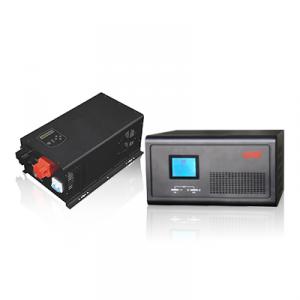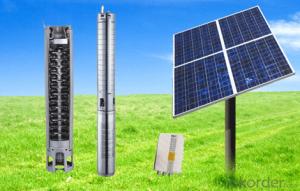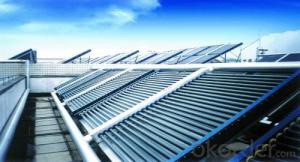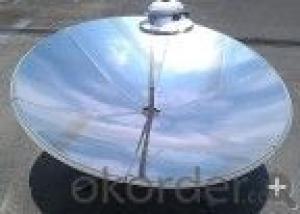Home Solar Inverter
Home Solar Inverter Related Searches
Solar Home Inverter Home Solar Power Inverter Home Solar System Inverter House Solar Inverter Home Solar Panel Inverter Household Solar Inverter Home Solar Inverter System Domestic Solar Inverter Solar House Inverter Solar Inverter For Home Inverter For Home Solar Solar Energy Inverter For Home Solar System Inverter For Home Solar Power Inverter For Home Home Depot Solar Inverter Home Power Inverter For Solar Solar Panel Inverter For Home Solar Power Inverter For House Solar Solar Inverter Homemade Solar Inverter Inverter For Home Solar System Solar Home Ups Inverter Inverter Solar Best Home Solar Inverter Residential Solar Inverter Home Solar Inverter Price Solar Energy Inverter Power Inverter Solar Power Solar Inverter Solar Converter InverterHome Solar Inverter Supplier & Manufacturer from China
Home Solar Inverters are essential components in residential solar power systems, converting the direct current (DC) generated by solar panels into alternating current (AC) that can be used by household appliances and fed back into the grid. These inverters play a crucial role in ensuring the efficient operation of solar energy systems, maximizing energy output and reducing reliance on traditional power sources.Home Solar Inverters are widely used in various residential settings, from small-scale solar installations on individual homes to larger systems in apartment complexes and community housing. They are designed to handle different power capacities, making them suitable for a range of applications. Whether it's a small off-grid system or a grid-tied system that requires synchronization with the utility grid, Home Solar Inverters provide reliable and efficient power conversion.
Okorder.com is a leading wholesale supplier of Home Solar Inverters, offering a vast inventory of high-quality products from reputable manufacturers. With a commitment to customer satisfaction and a focus on providing the latest technology, Okorder.com ensures that customers have access to the most reliable and efficient Home Solar Inverters on the market.
Hot Products


















































